If you’ve decided to live in Korea as a foreigner, and have signed a lease for an apartment, office building, or multi-family house, you’ve just started living in Korea. To help you get started, I’d like to share with you the basics of Korean residential utilities (electricity, water, gas, and heating) and explain how to dispose of household waste in Korea. I hope this article will give you a basic understanding of the differences between Korea and your own country, as there are some similarities and some completely different systems. This article is part of a series of 24 articles in the Complete Guide to Living in Korea for Foreigners.
Using Korean electricity: 220V
The voltage of most Korean electrical condensers is 220V, so the plugs for Korean electronics are shaped to fit the 220V voltage, with an 11-character shape. It looks similar to the EU plug, but it is slightly larger than the EU plug. If you have an EU plug, be careful because it can easily fall out, and it is recommended to use an adapter if possible. If your electronics from your home country support 220V, you can use electricity by simply plugging in the Korean plug.
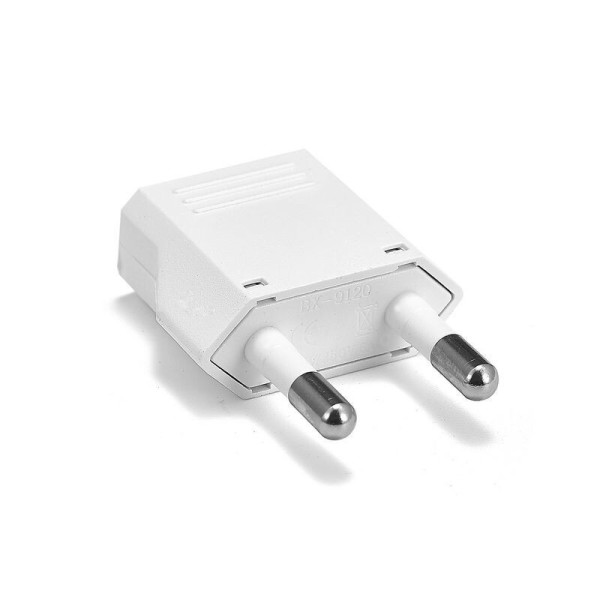
However, if your electronics are 110V only, such as in Japan, you will need a transformer to step down the capacitor from 220V to 110V, otherwise your electronics may be damaged by the high voltage.
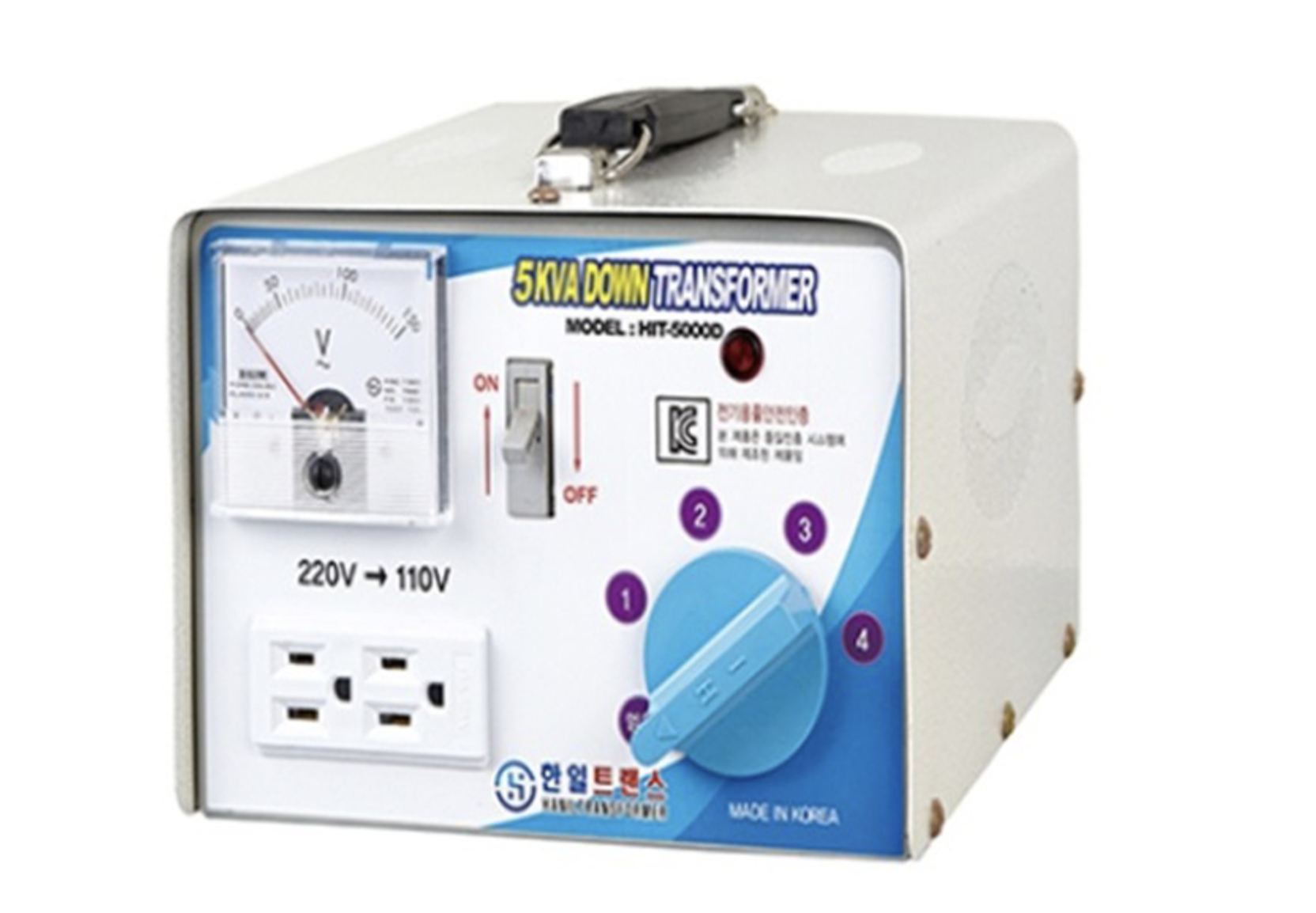
Using Korean Electricity: Ground Fault Circuit Interrupters
Every home with multiple occupants has a safety device called a ground fault circuit interrupter that protects against fires caused by electricity. If too much electricity is being used or if there is a problem with the flow of electricity, the switch will automatically flip down and cut off the electricity supply. If this device isn’t working properly, it can create a dangerous situation, so when you get a new room, you should make sure that the ground fault circuit interrupter is in good working order. It’s easy to check. Simply press the test button (red for ground fault only, green for electricity) on the circuit breaker.
If the switch drops down, it’s good, otherwise it’s bad. As a side note, power outages are rare in South Korea, except for the occasional typhoon or other huge natural disaster, so if your home loses power, you can check to see if your circuit breaker is down. If it’s down, you can force it back up and the power will come back on, but if it’s down again, you’ll need to find out what’s causing the outage and eliminate it. Usually, it’s something more than an appliance, so unplugging the suspect can be a simple fix.
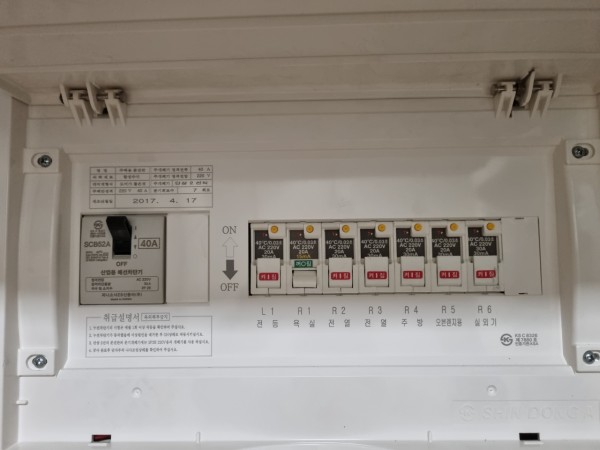
Using Korean water
Although South Korea is designated as a water-scarce country, clean tap water is available everywhere in the country. However, there is a slight caveat when using the water supply during the winter months. South Korea’s winters can get below freezing, so it’s not uncommon for water pipes to freeze in colder regions, leaving you without water. In this case, one life hack is to turn the faucet on slightly and let the water run 24 hours a day to prevent freezing.
Of course, in very cold areas, I would also check the inside of the meter box for leaks and insulation (Styrofoam). Also, if the meter box is directly exposed to the outside, such as in a corridor apartment or villa, I would put plastic on the outside protective cover or wrap a heating wire around it to prevent freezing, but as a foreigner, it may be difficult to manage this, so you just have to live with it.
However, if your tap water suddenly stops running in the middle of winter, it is most likely caused by freezing, so you should thaw the water meter by using lukewarm water at first and gradually using hot water to prevent the glass from bursting, and refer to how to use tap water.
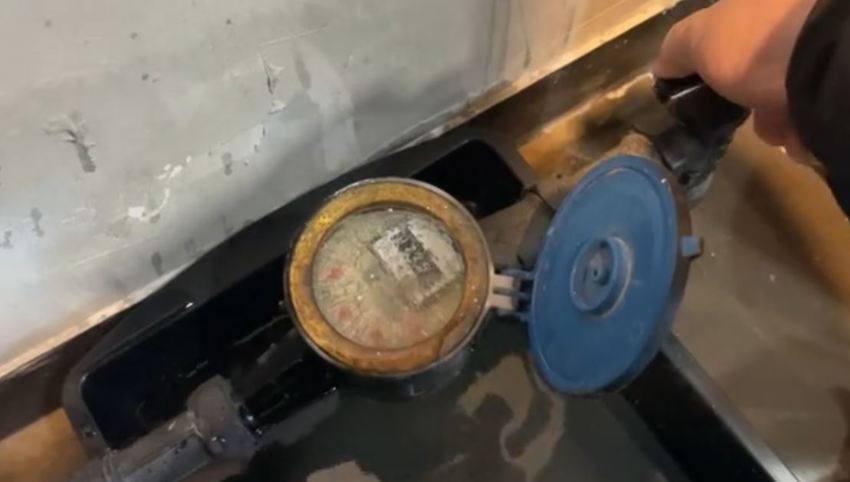
Using Korean gas
In recent years, Korean kitchens have become increasingly popular for cooking with electricity, such as induction or electric stoves, but the most common cooking appliance in Korean homes is the gas stove. These stoves are usually LPG gas stoves or city gas stoves, which are fueled by an independent gas cylinder. These stoves require an external gas supply, so you turn the gas valve in the middle and then turn the ignition switch on the stove to light it. Usually, these valves are open (i.e., LPG is supplied) when they are in line with the hose supplying the gas.
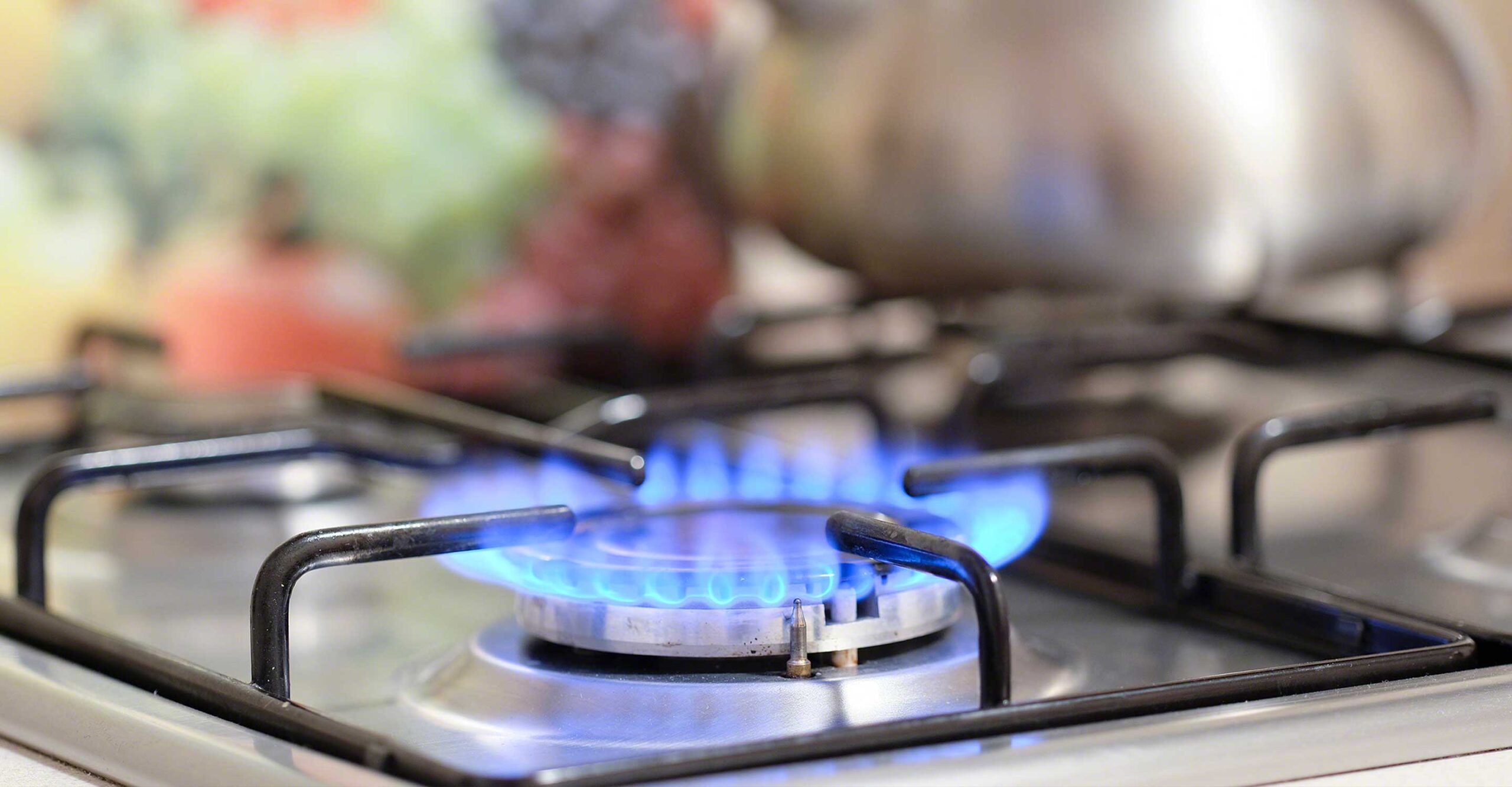
Korean Heating
With four distinct seasons in South Korea, and temperatures dropping below freezing in the winter, heating your home becomes a critical facility for survival. While many countries, such as the United States and Europe, choose to heat their homes with radiators, boilers are the most common method of heating in Korea. Boilers heat the floor of your home, and if you’re a foreigner experiencing Korean boiler life, you’ll probably think it’s warmer than any other heating system.
There are three types of boilers: oil boilers that use oil (kerosene), gas boilers that use LPG gas, and city gas boilers that use city gas. Of course, there are still a few homes that use briquettes as raw materials.

For foreigners, the most convenient boiler to use is a city gas boiler, which is likely to be installed in Seoul, the Seoul metropolitan area, and large cities in the provinces. In rural areas where city gas is not installed, oil and LPG gas boilers are used, but they have the disadvantages of having separate containers for oil and LPG gas outside the house, having to order fuel whenever it runs out, and being relatively expensive.
Disposing of household waste in Korea
One of the last things you need to know about living in Korea as a foreigner is how to dispose of your garbage. Just as you can be fined for littering on the street, there are rules for disposing of trash at home. First of all, when you throw away your trash, you must put it in a bag designated for each type (general trash, food waste, recyclables, etc.) and put it in a designated place. If you don’t follow these rules, your trash won’t be picked up, and you’ll have to pay a fine.
General trash
Garbage that can be incinerated is usually called general waste, and everything else, except for food waste and recyclables, is classified as general waste and placed in special garbage bags. You can buy trash bags at your local supermarket or discount store. Depending on where you live, the color of the garbage bags may differ from the color of the bags for food waste, so be sure to check before purchasing. Garbage bags are available for 1,2,5,10,20,30,50,60,75,100 liters, depending on the capacity. For the average household, a 10- or 20-liter bag is usually adequate.
As a foreigner, the most important thing to keep in mind is that trash bags vary by region. If you’ve moved to a new city, keep in mind that you can’t use your old trash bags.
Food waste
Drain your food and put it in a special bag for food waste or, depending on where you live, in a food collection bin.
Recycling
Recyclable items such as paper, bottles, scrap metal, cans, plastic, plastic bags, and plastic should be separated into recycling bins instead of being thrown in the trash. These bins are located in the same area as your regular trash, so be sure to check your local trash drop-off location and don’t mix them in with your regular trash.
Bulky waste
For bulky trash, like unwanted furniture or electronics, you can buy stickers from your local community center and place them outside your home. The price of the sticker varies depending on the type and volume of the item, and in some areas, stickers are sold at designated locations (such as supermarkets). If you live in an apartment building, you can also ask the management office to do it for you for a fee.
Understanding living in Korea
In this article, we’ve shared various tips for living in Korea from a foreigner’s perspective. It’s very basic, but it’s good to know the basics, so if you’re planning to live in Korea for an extended period of time, I hope you’ll read it.

